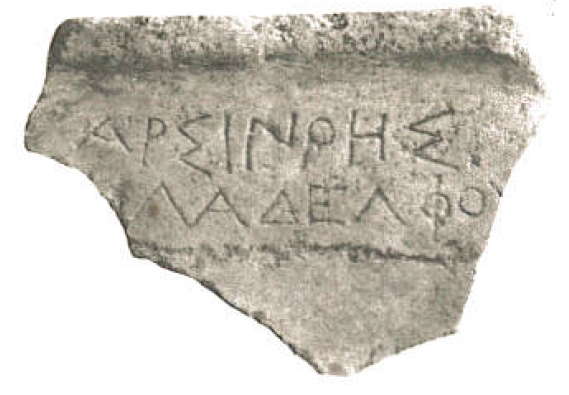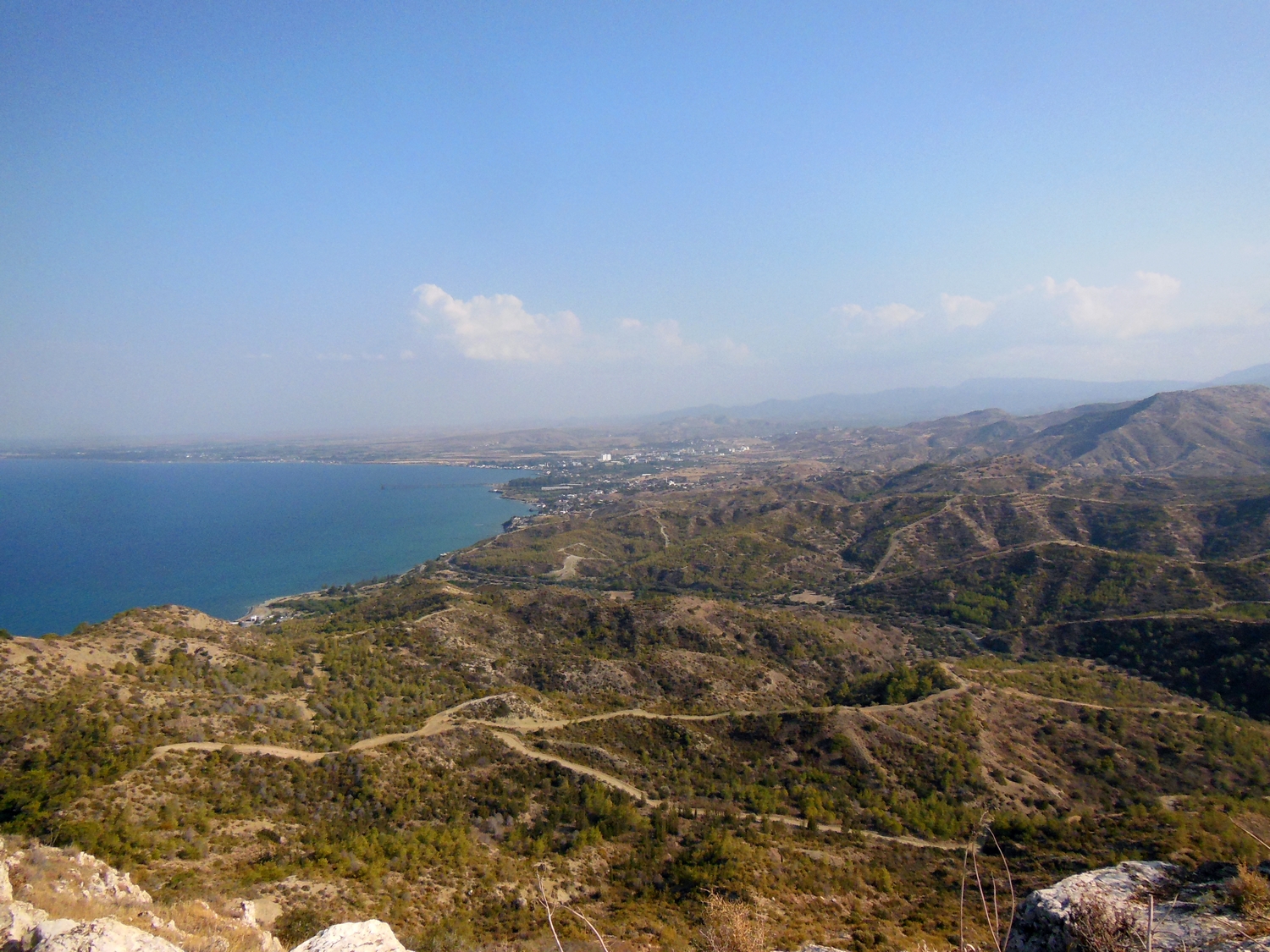
PHRC040 : Dedication to Arsinoe Philadelphos, Soloi-Mersinaki - Cyprus (270-240 BC) Dedication
Permanent ID http://s.phrc.it/phrc040
Images:
Photo 1: Photo of the slab, from Gjerstad et al. 1937, II, pl. CXLVIII
Photo 2: View of the Morphou Bay from Vouni, with Mersinaki in the foreground and Soloi in the background; photo S.G. Caneva





